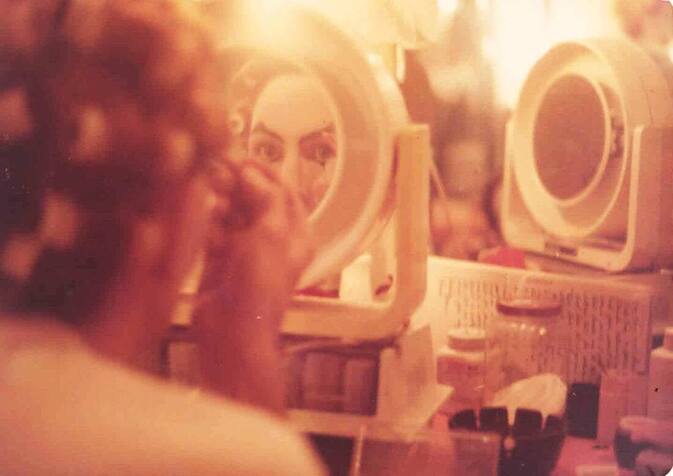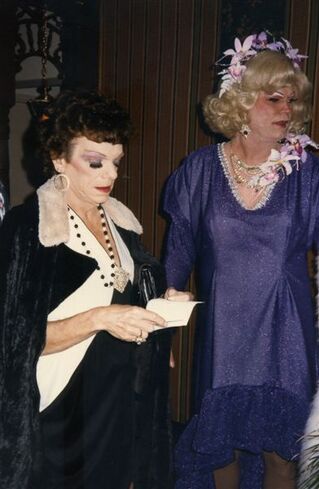Central Florida's drag culture: A Brief History
|
In recent years, the growing popularity of drag performance and artistry has in many ways been woven into our mainstream culture. With shows like RuPaul's Drag Race and social media platforms like Instagram, Facebook, and TikTok which showcase performances at a press of a button, it becomes quite easy to forget the history which birthed the different styles and houses of drag and its connection to pageantry.
Like other regions in the United States, gay bars and nightclubs emerged in the south during the 1960's and 70's (though research has shown earlier evidence of drag shows being done in the 1940's in Miami, Florida). Popular cities such as Miami, Ft. Lauderdale, Atlanta, Houston and New Orleans housed prominent gay spaces, though "police raids and local ordinances banning same-sex dancing or wearing clothes of the other gender were common." (Sears, 2001, 80) Several impersonators and entertainers have described police harrassment as the norm for many who dressed in drag or impersonated as a woman. Yet the social fabric began to unwind. As with the gay bars, drag performance exploded during this period, with Miss Florida and Miss Gay America laying the foundation for female impersonation pageants in 1972. Keith Landon, Rene Rodriguez and Jerry Peak would showcase the full artistry of several local impersonators such as Roxanne Russell, Dana Manchester, Tiffany Arieagus as Miss Florida, along with Hot Chocolate receiving the crown of Miss Gay America as well. |
So the drag came from an intense desire to be onstage, to be a performer. It wasn't the desire to wear women's clothes or to be mistaken for a woman. |
Several bars and nightclubs, such as Parliament House Orlando, Rene's, the Palace Club, the Diamond Head and others hosted local pageants and contests, evolving at times individually. As the artistry grew in popularity, the difference between pageantry and local drag was often blurred, as several local entertainers and female impersonators found their way to pageantry through local drag. However, behind the scenes, many of the entertainers who considered themselves women were often ostracized and were unable to compete in the pageant as rule regarding transgender contestants. Jim Flint followed the lead of Miss Florida F.I. (the first pageant to accept and permitted transwomen to compete) and created the Miss Continental pageantry in the 1980's in allowing transgender contestants to participate. While research on Central Florida's female impersonation subculture is still being done, and in relation to South Florida's gay and drag scene, this exhibit attempts to showcase the current information we have regarding this topic.
Below is a timeline centered on Central Florida's female impersonation subculture and Miss Florida. The timeline includes the emergence of specific bars and nightclubs as they were a part of the developing narrative surrounding drag performance and pageantry.
Below is a timeline centered on Central Florida's female impersonation subculture and Miss Florida. The timeline includes the emergence of specific bars and nightclubs as they were a part of the developing narrative surrounding drag performance and pageantry.
Get In Touch
|
The mission of the LGBTQ History Museum of Central Florida, Inc. is to collect, preserve and exhibit the history of the Gay, Lesbian, Bisexual and Transgender community in Central Florida. The museum is dedicated to collecting and preserving memorabilia, providing a documentary record for research, and displaying with pride that community's social and historical contributions, so Central Florida's legacy will always be remembered.
|


